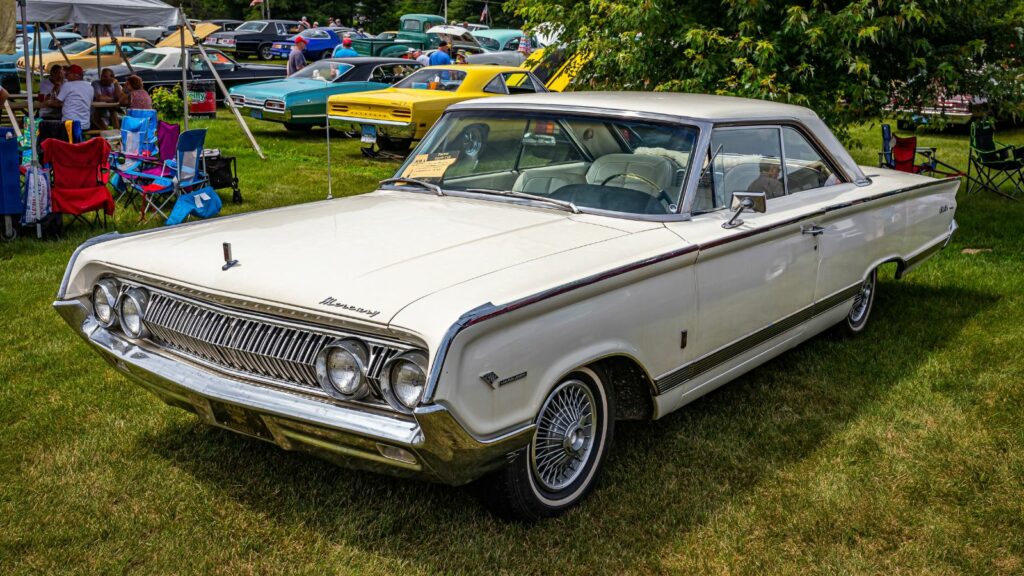Some names once lit up dealership signs across North America but have since faded into history. While their factories may have shut down, these forgotten car brands played a huge role in shaping the vehicles and the industry we know today. From engineering breakthroughs to wild styling experiments, these marques proved that influence does not depend on survival.
Pontiac
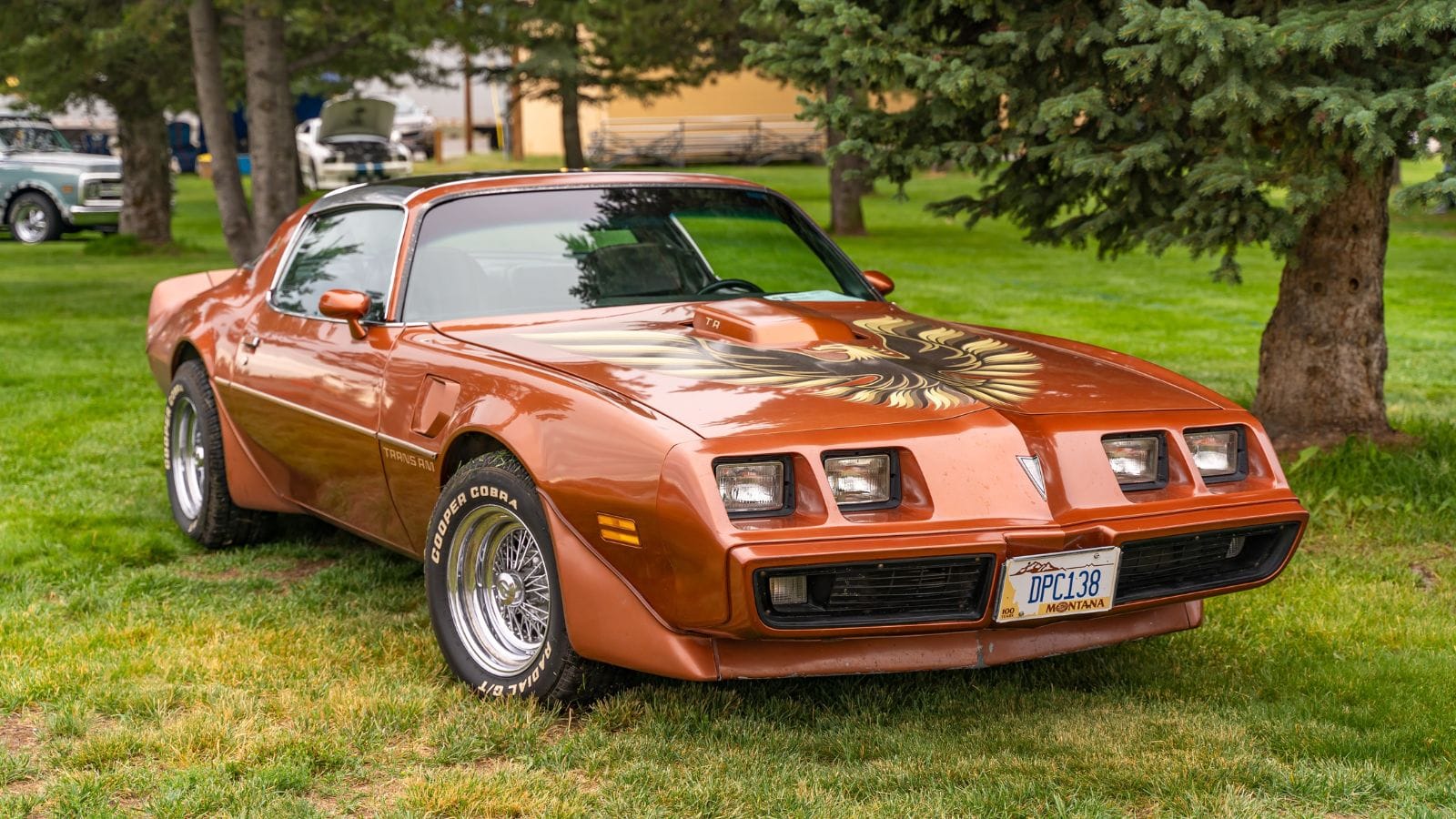
Launched in 1926, Pontiac was GM’s performance division for decades, delivering everything from the GTO to the Firebird Trans Am. It bridged the gap between affordable family cars and exciting muscle machines, offering a balance of style, speed, and value. Known for its wide track stance advertising and aggressive design, Pontiac’s influence still resonates in modern performance sedans and coupes. Even today, enthusiasts swap Pontiac powertrains into classic builds, keeping the arrowhead badge alive in spirit.
Oldsmobile

Founded in 1897, Oldsmobile was one of America’s oldest car makers and an innovation leader. It was the first to mass produce cars using an assembly line before Ford, and it introduced the Hydra Matic automatic transmission in 1940. Models like the Cutlass Supreme and 442 became icons in the 1970s and 1980s. GM ended the brand in 2004 after over 100 years of production, marking the end of an era for a company that once defined automotive progress.
Mercury
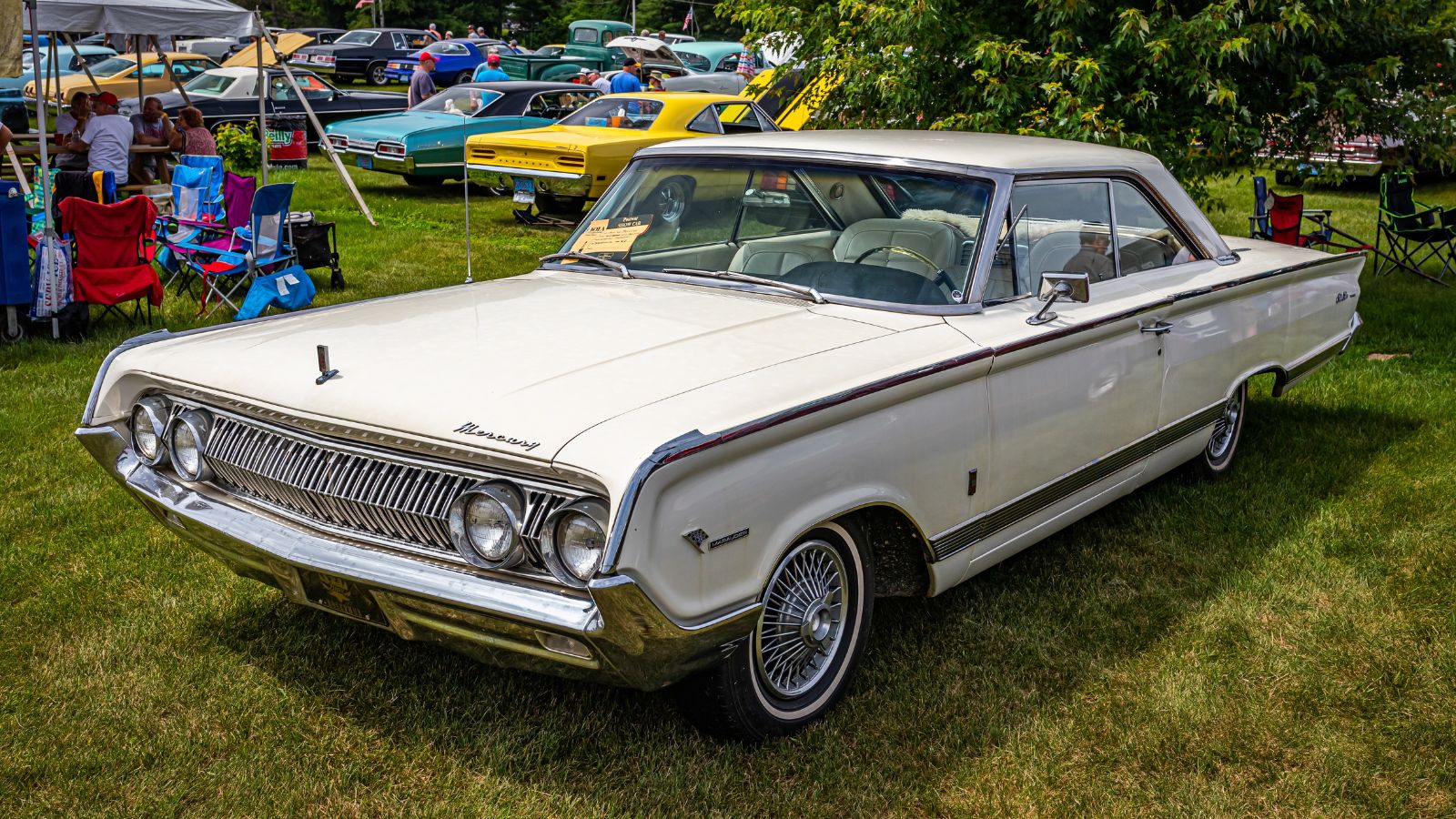
Created in 1938 by Edsel Ford, Mercury was designed to fill the price gap between Ford and Lincoln. For decades it offered stylish, slightly upscale versions of Ford vehicles with unique trims and features. Cars like the Cougar and Marauder blended luxury and performance, making Mercury a favorite for drivers wanting something special without breaking the bank. The brand was retired in 2011, but its styling cues still appear in custom builds and restomods.
AMC (American Motors Corporation)

Formed in 1954 from the merger of Nash and Hudson, AMC became known for thinking differently. From the compact Gremlin to the muscular AMX and the 4×4 Eagle wagon, AMC took risks other companies avoided. They helped popularize smaller cars in America and played a role in the early SUV market. Chrysler bought AMC in 1987 mainly for its Jeep division, effectively ending the AMC badge but securing Jeep’s future. Many AMC models have since become sought after collectibles.
DeSoto
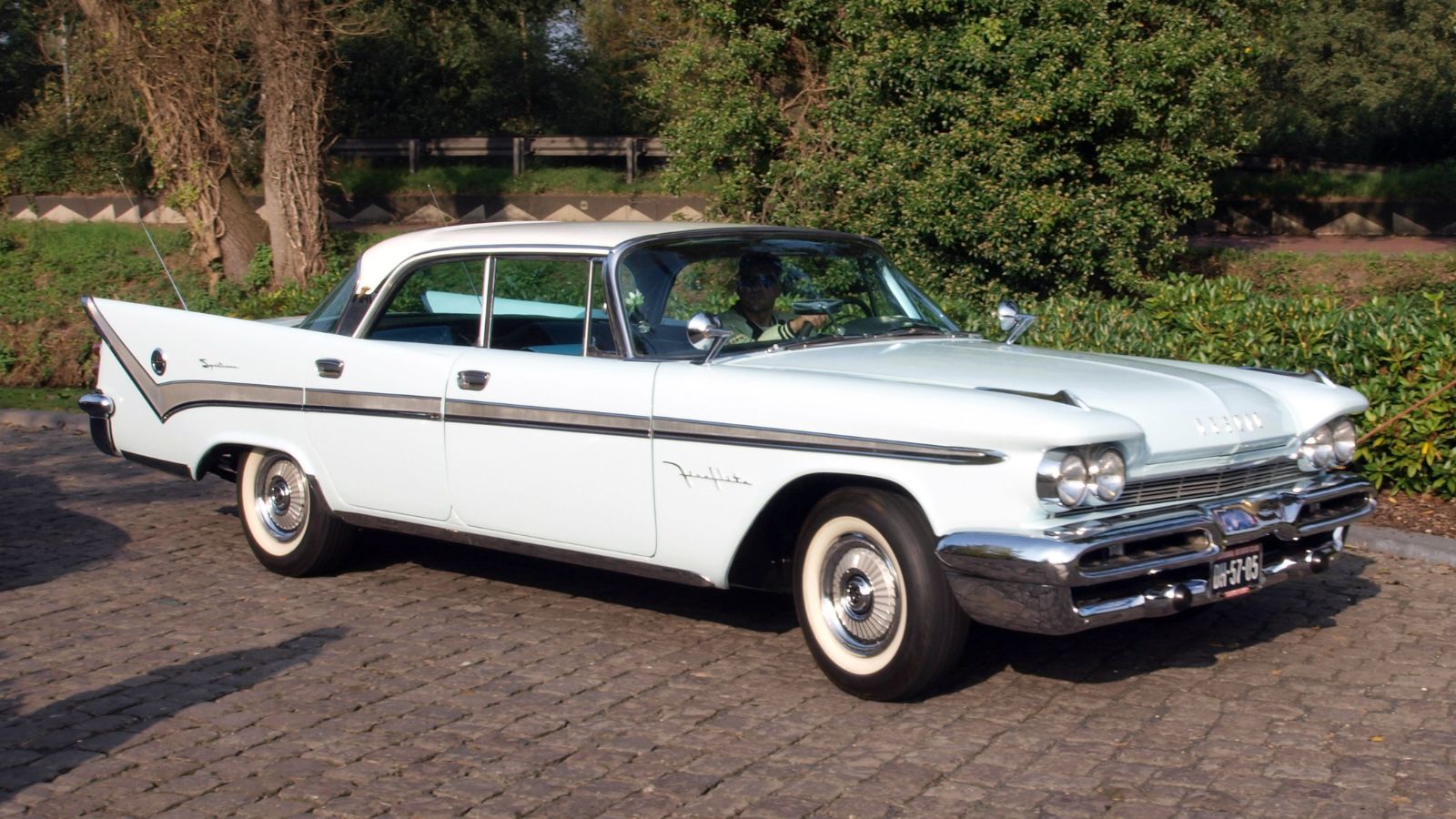
A Chrysler brand from 1928 to 1961, DeSoto was once a mainstay of the mid priced American market. It offered innovative designs and powerful V8 engines, competing with Buick and Oldsmobile. Models like the Fireflite showcased sleek styling and upscale interiors. A shrinking market for mid tier brands led Chrysler to close DeSoto, but its big chrome grilles and flamboyant tailfins remain a staple at vintage car shows.
Plymouth
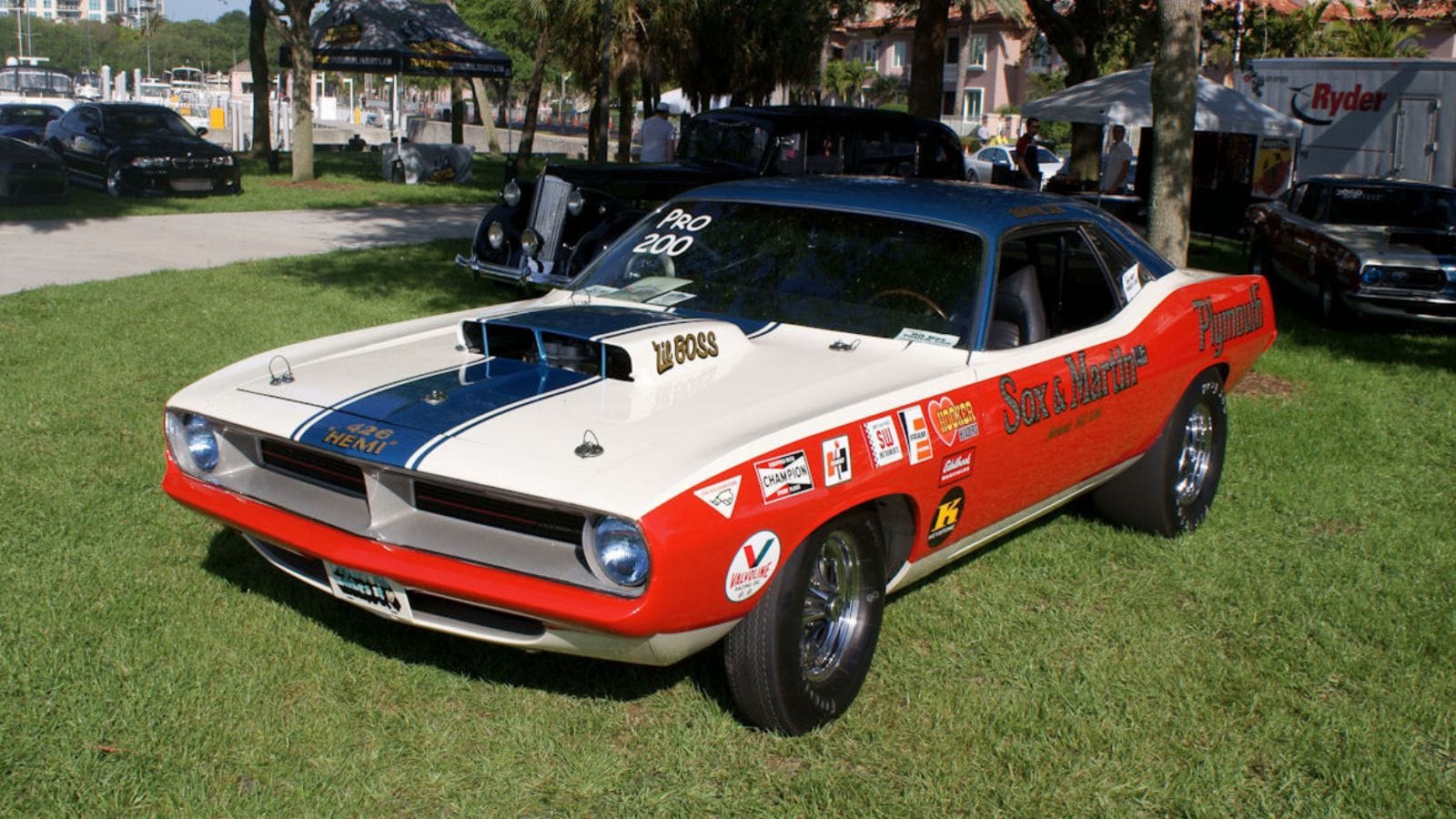
Plymouth was Chrysler’s value brand from 1928 until 2001, offering affordable cars that still carried style. It delivered classics like the Barracuda, Road Runner, and GTX, becoming a major player in the muscle car wars. For decades, Plymouth was a first car for millions of Americans. In the 1990s, its lineup lost focus, and Chrysler eventually folded it into Dodge and Chrysler, but its muscle era cars remain icons.
Studebaker
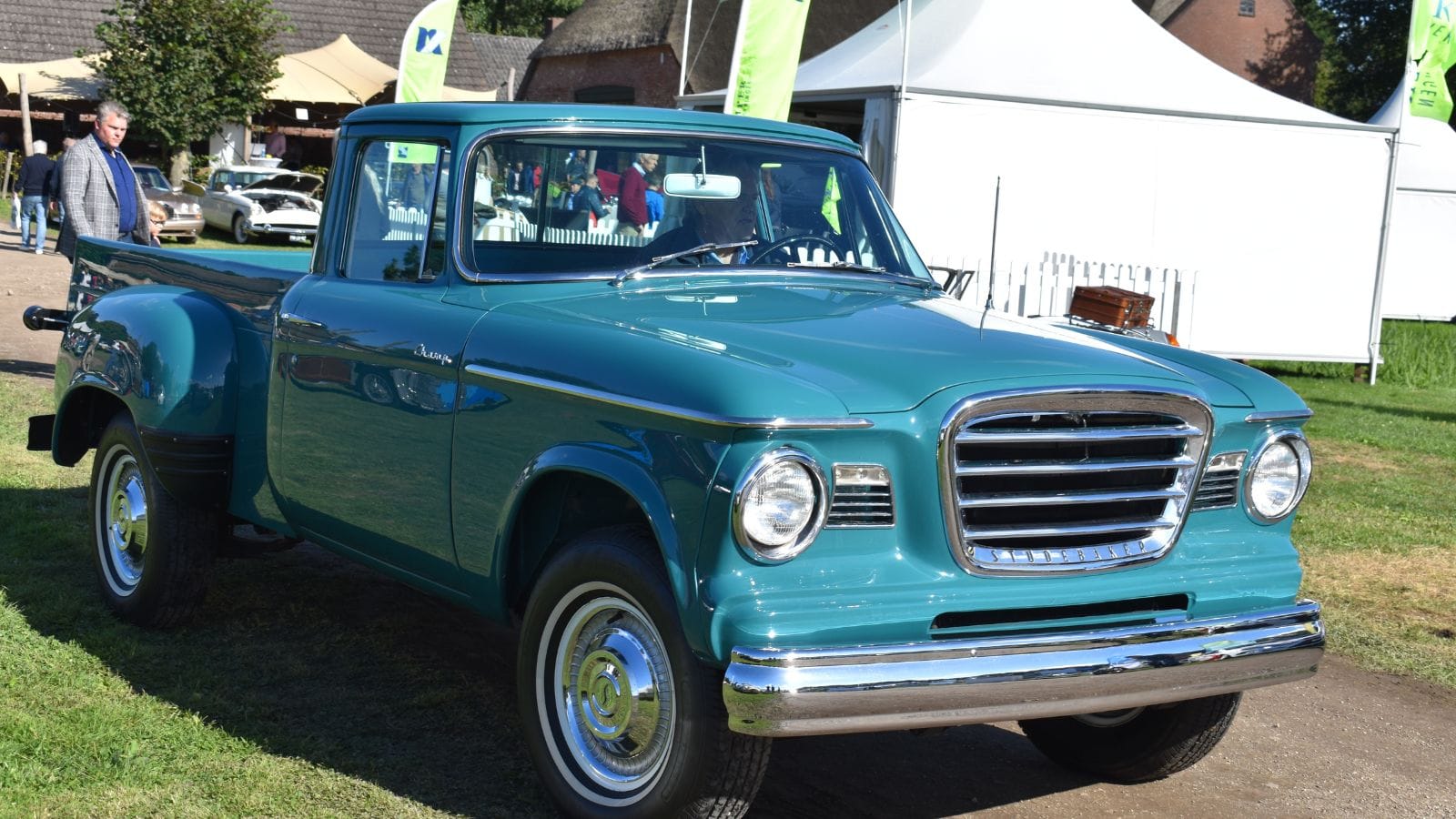
Founded in the 1850s as a wagon builder, Studebaker moved into automobiles in the early 1900s and became known for quality and style. Cars like the Commander and Avanti stood out for bold design and advanced engineering. Despite innovative models, financial struggles forced Studebaker to close in 1966, ending over a century of vehicle production. The Avanti’s design was so ahead of its time that it was produced under other ownership years later.
Hudson

Hudson Motor Car Company, founded in 1909, gained fame for its “Step Down” design in 1948, which placed passengers inside the frame for better handling and safety. The Hudson Hornet became a racing legend in the early 1950s, dominating stock car events. Merged into AMC in 1954, Hudson’s name vanished, but its engineering ideas lived on in future designs. The Hornet’s motorsport dominance even inspired Pixar’s “Doc Hudson” in Cars.
Saturn
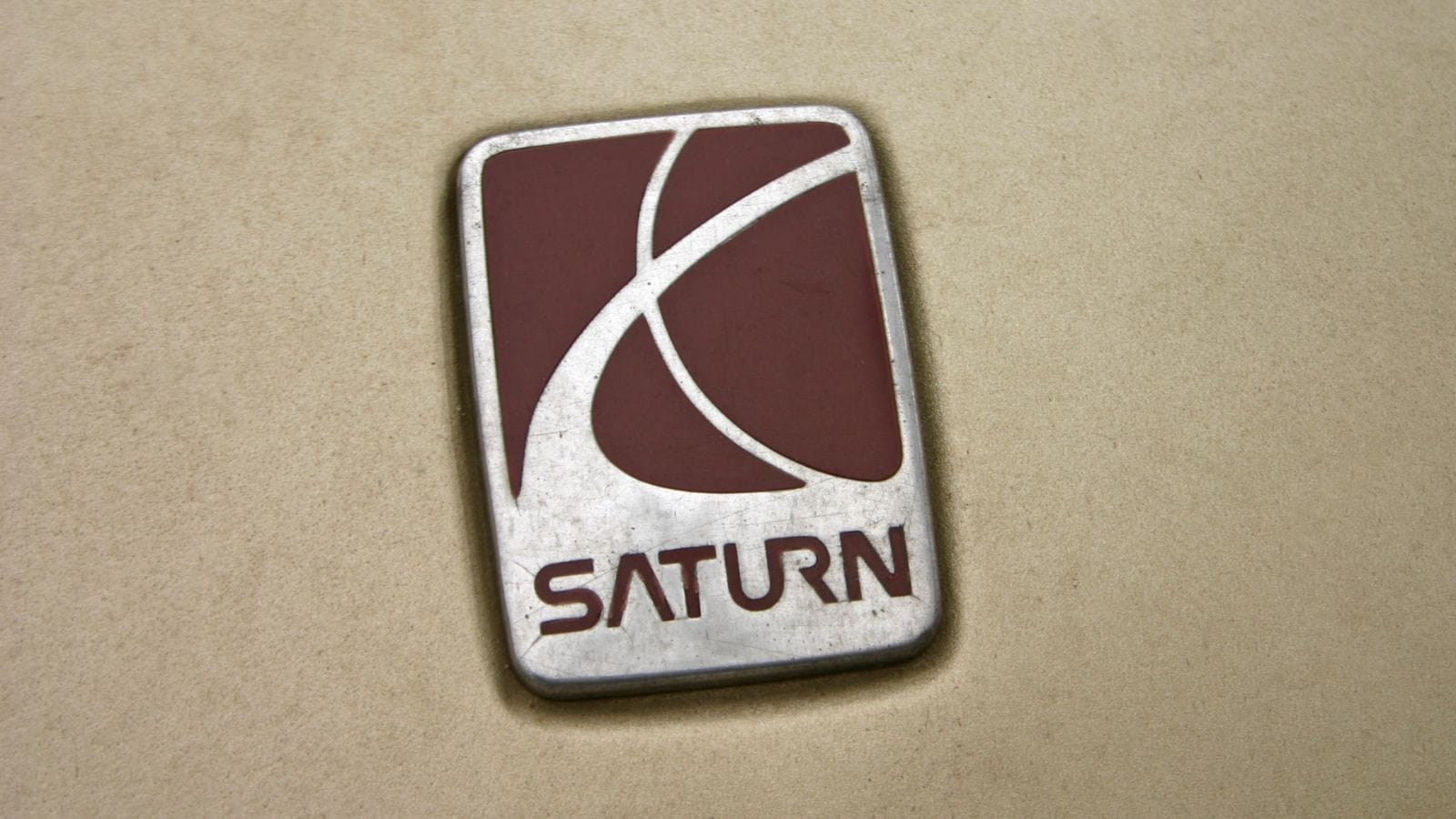
Saturn launched in 1985 as GM’s “import fighter,” aiming to compete with Japanese automakers on quality and efficiency. Known for plastic body panels that resisted dents and rust, Saturn built a loyal following with no haggle pricing and strong customer service. Despite its cult status, the brand was shuttered in 2010 as GM restructured. Many Saturns still run reliably today, proof that its engineering was ahead of its image.
Packard

One of the most prestigious American brands of the early 20th century, Packard built luxury cars that rivaled Cadillac. Known for engineering excellence, elegance, and the slogan “Ask the Man Who Owns One,” Packard was a symbol of success in the 1920s and 1930s. Postwar struggles and a merger with Studebaker could not save the brand, which built its last cars in 1958. Packard’s prewar straight eights and twelves remain highly collectible.
Eagle
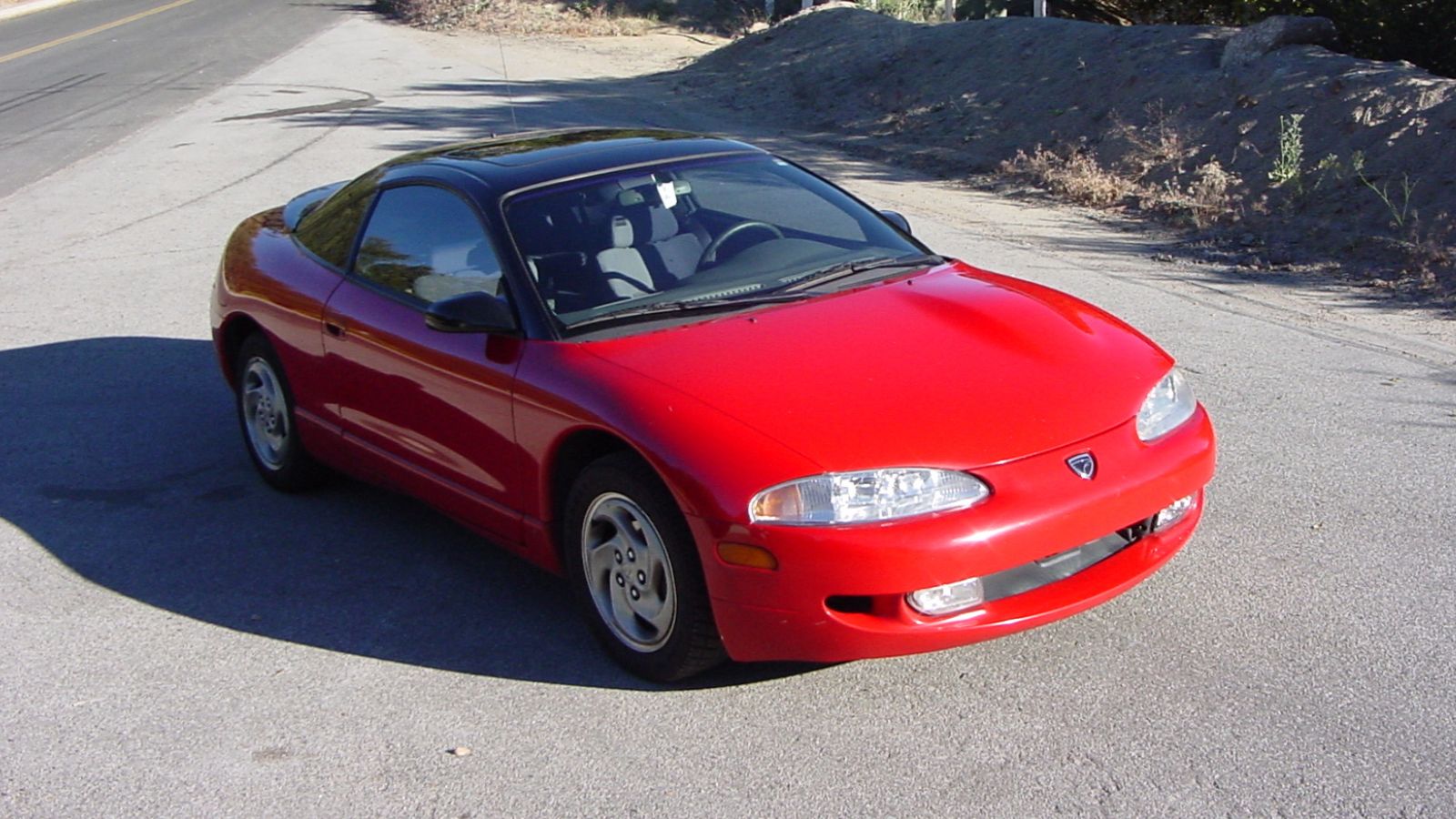
Born from Chrysler’s purchase of AMC in 1987, Eagle was aimed at younger buyers who wanted sporty, import influenced cars. Models like the Talon and Premier offered unique styling and all wheel drive options. Despite some loyal fans, the brand never fully defined itself and was discontinued in 1998. However, the Eagle Talon remains a favorite among 90s tuner enthusiasts.
Kaiser
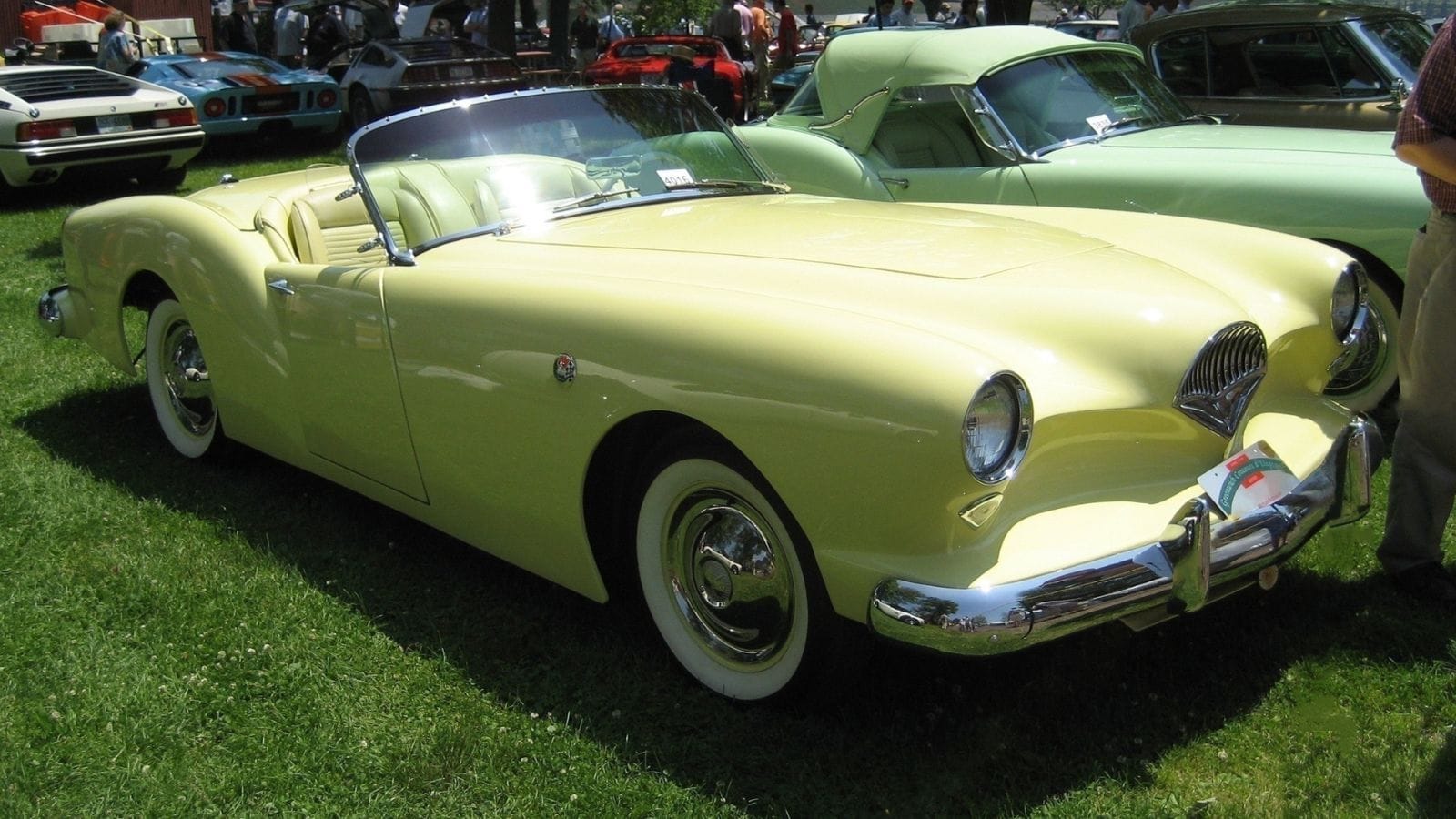
Kaiser Motors was part of the postwar boom, producing stylish sedans and wagons in the late 1940s and early 1950s. While it never reached the scale of Detroit’s Big Three, Kaiser was known for solid engineering and attractive designs. The company eventually merged into Jeep operations, leaving its name behind but contributing to the Jeep lineage that thrives today.
Crosley
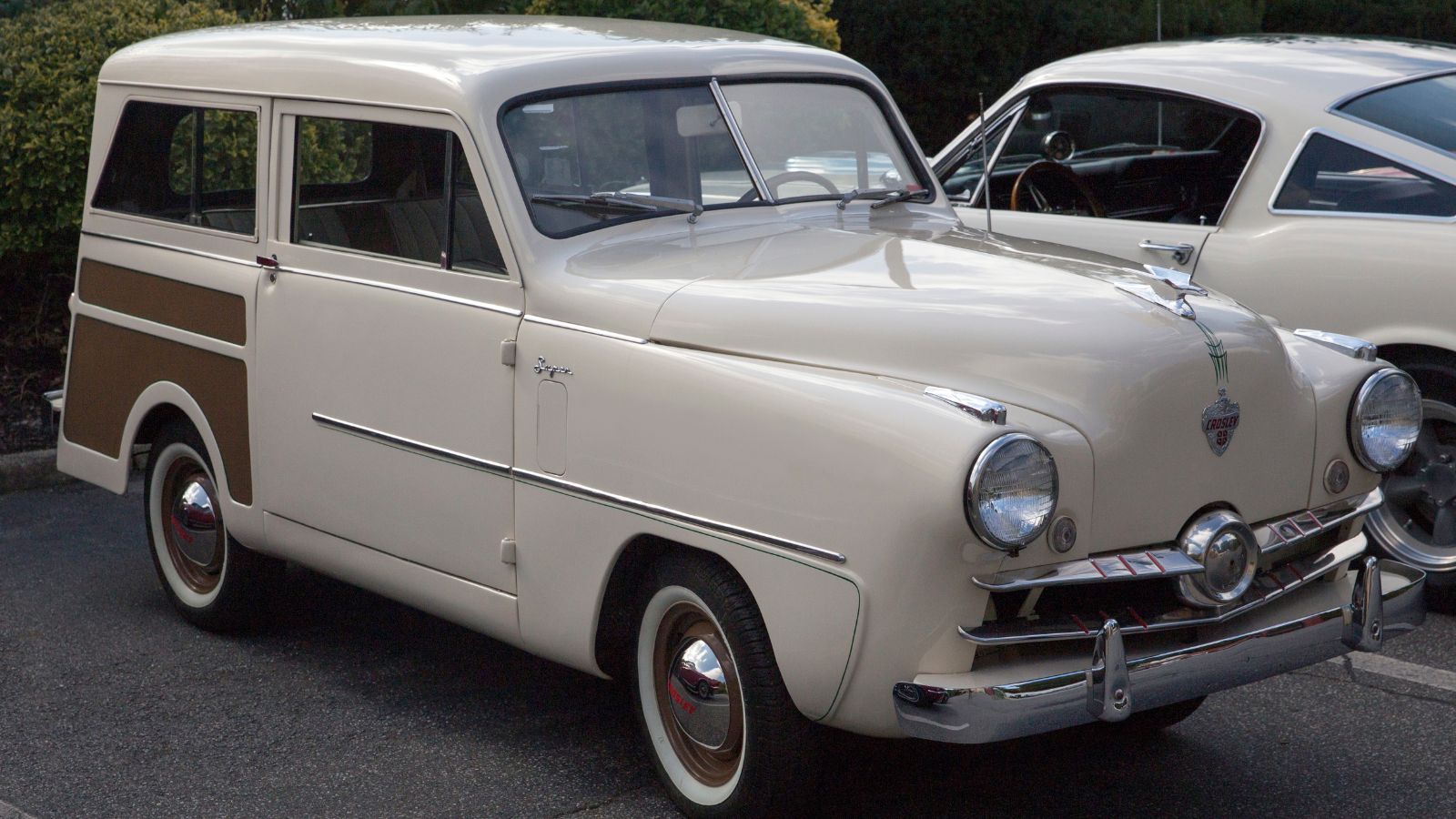
A small but innovative brand from 1939 to 1952, Crosley built compact, fuel efficient cars long before they became fashionable. Known for their tiny size and affordability, Crosleys were also used as military vehicles in World War II. Their experimental overhead cam engines and quirky designs make them a cult favorite among microcar enthusiasts today.
Hupmobile
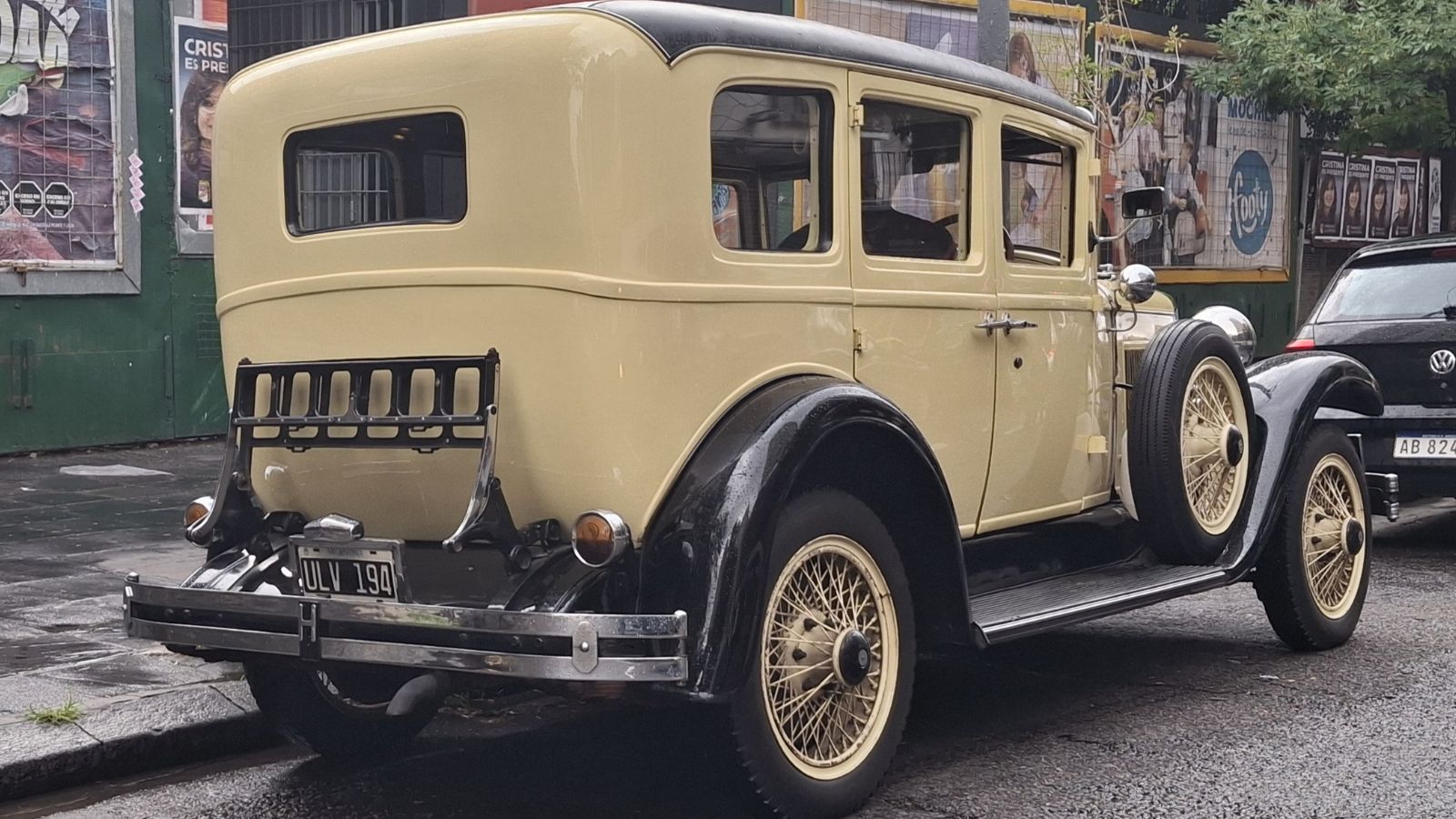
Founded in 1909, Hupmobile was once a respected name in the American automotive market, known for dependable mid priced cars. Despite innovation, including early aerodynamic designs, the brand could not survive the Depression era competition. Hupmobile closed in 1940, but its styling cues influenced later streamlined cars.
Bricklin
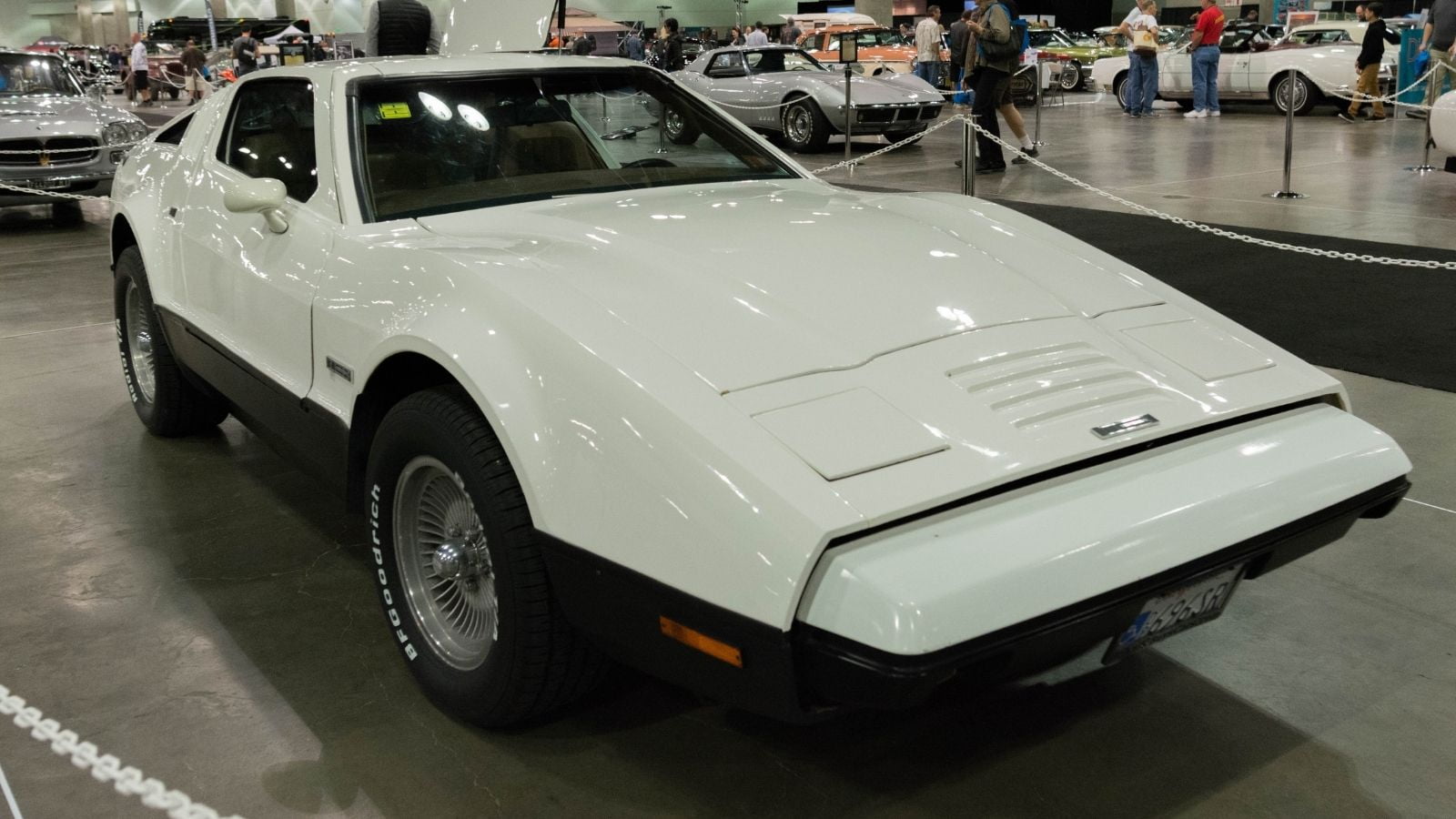
Canada’s own entry into the automotive world, the Bricklin SV-1, was produced from 1974 to 1975 in New Brunswick. It featured gullwing doors and a focus on safety, though its execution was plagued by quality issues. Despite its short run, the Bricklin has become a beloved oddity and a fixture at classic car gatherings.
25 Facts About Car Loans That Most Drivers Don’t Realize

Car loans are one of the most common ways people fund car purchases. Like any other kind of loan, car loans can have certain features that can be regarded as an advantage or a disadvantage to the borrower. Understanding all essential facts about car loans and how they work to ensure that you get the best deal for your financial situation is essential. Here are 25 shocking facts about car loans that most drivers don’t realize:
25 Facts About Car Loans That Most Drivers Don’t Realize
